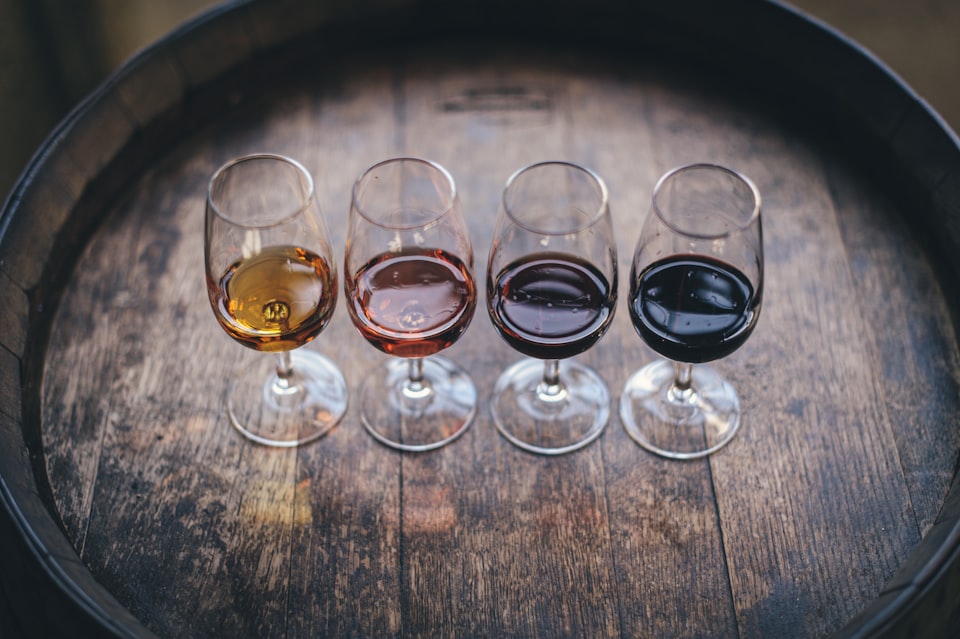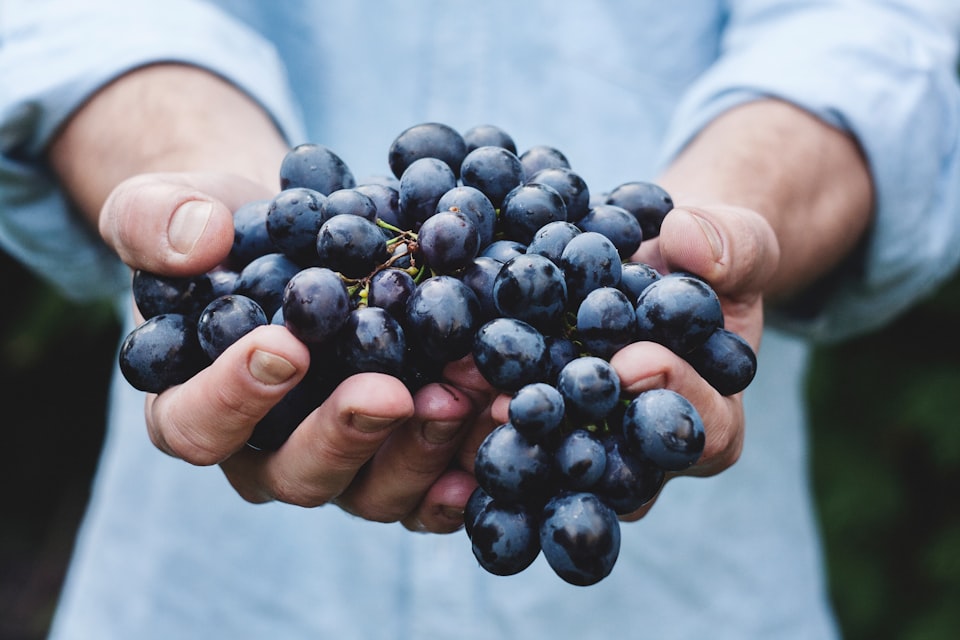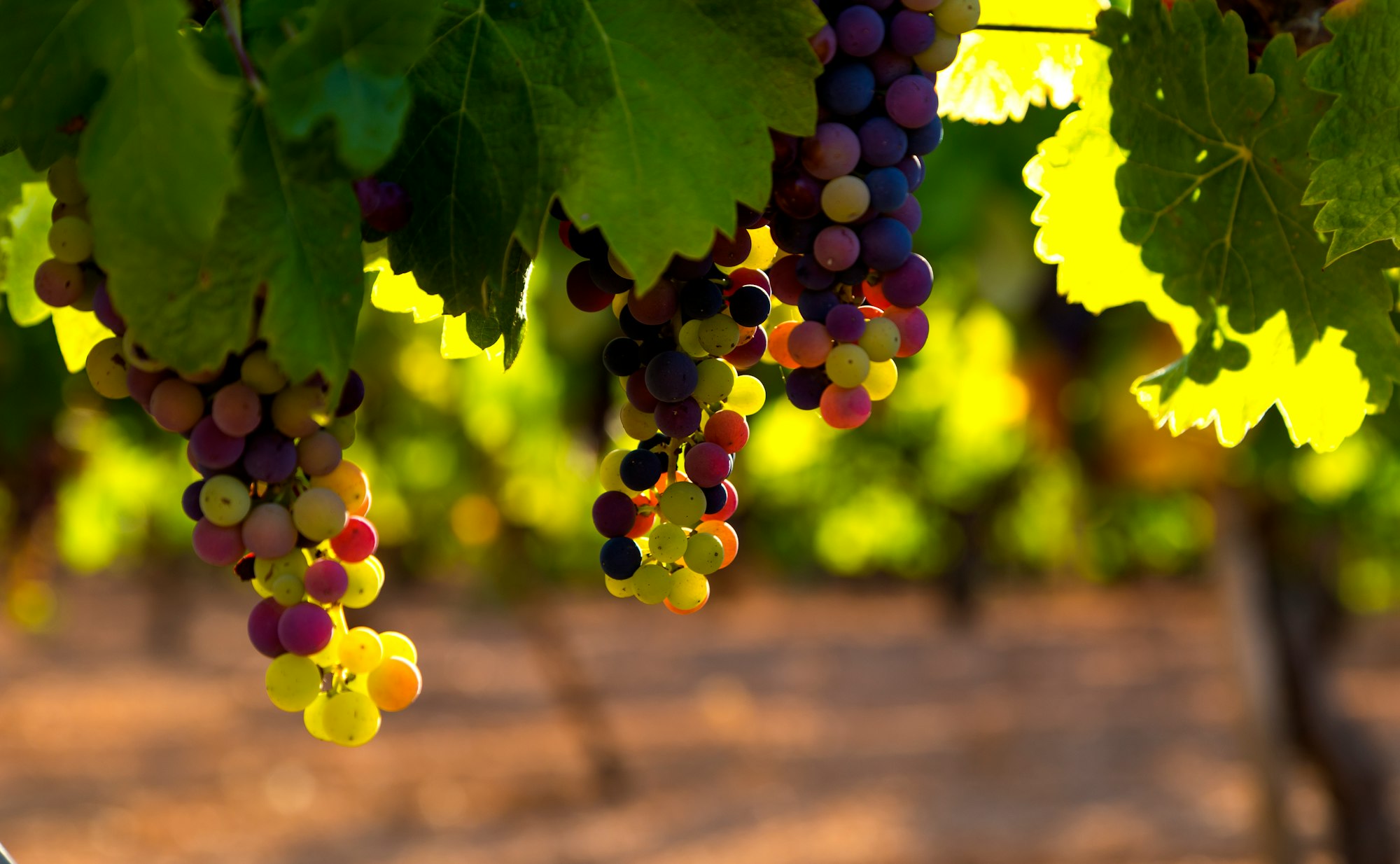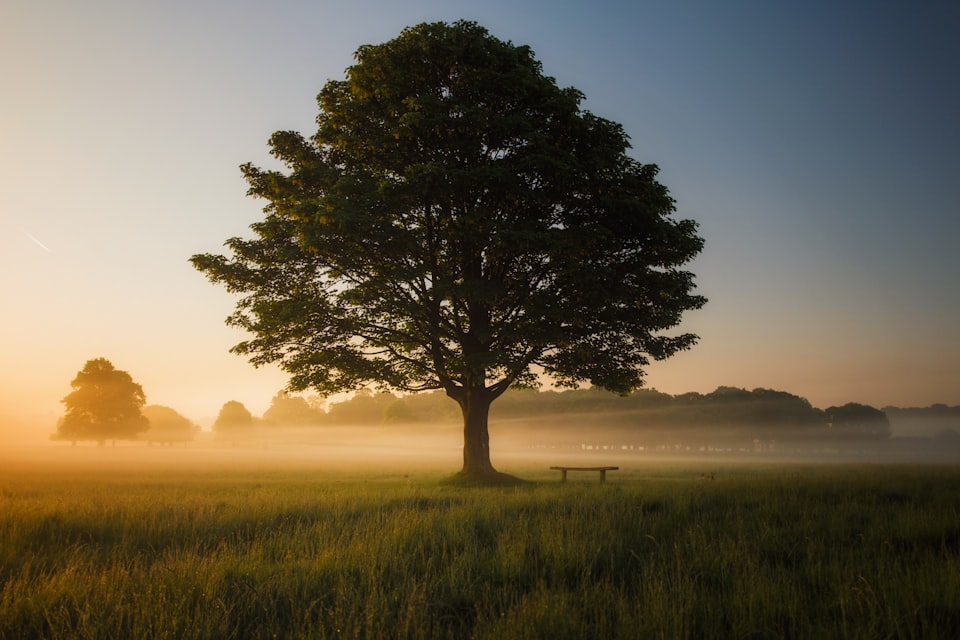III: Chestnut (tree)
The American chestnut is a story of grief, hope, and science.
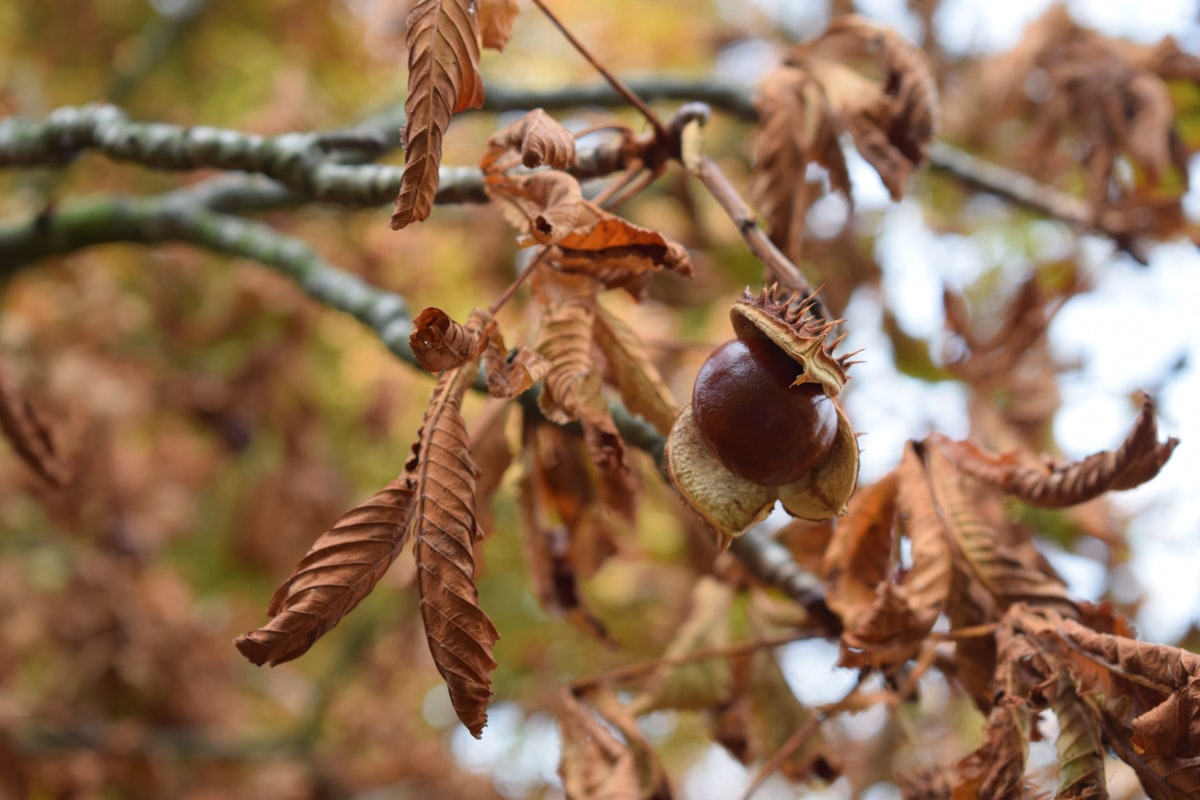
Good morning. Today is tridi, the 3rd of Vendémiaire, Year CCXXXI. Today we celebrate the châtaigne, both the tree and the nut it produces.
Chestnut trees dominated the New England and Appalachian forests. The American Chestnut is a tree species that feels designed to be the best tree ever: strong and beautiful wood, gorgeous deciduous foliage, massive size (the "redwoods of the east"), and abundant and nutritious nuts. As George Hepting wrote in his moving academic essay, "Death of the American Chestnut" (spoiler alert):
"Not only was baby’s crib likely made of chestnut, but chances were, so was the old man’s coffin ... The farmer’s hogs were fattened on chestnuts, and, to no small degree, his children were also."
Then, from its host tree (Chinese Chestnut trees), a fungus arrived and exploded through the American and European varieties, wiping them out in a blight of cancer-like bark sores. Once there were 4 billion wild trees on this continent, now there are functionally zero.
But, somehow, the species has not gone extinct. Hope lives underground.
